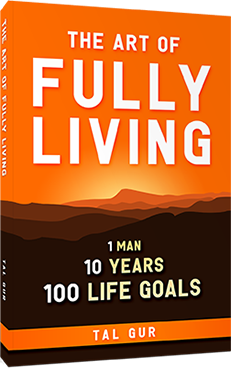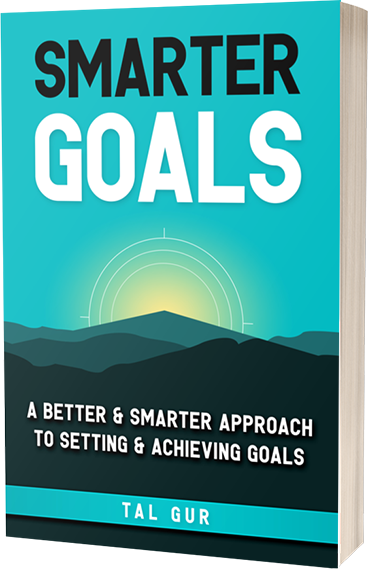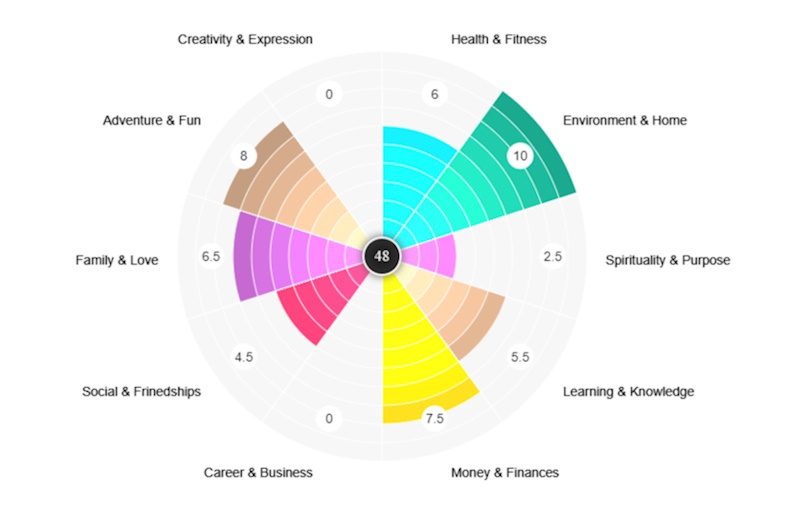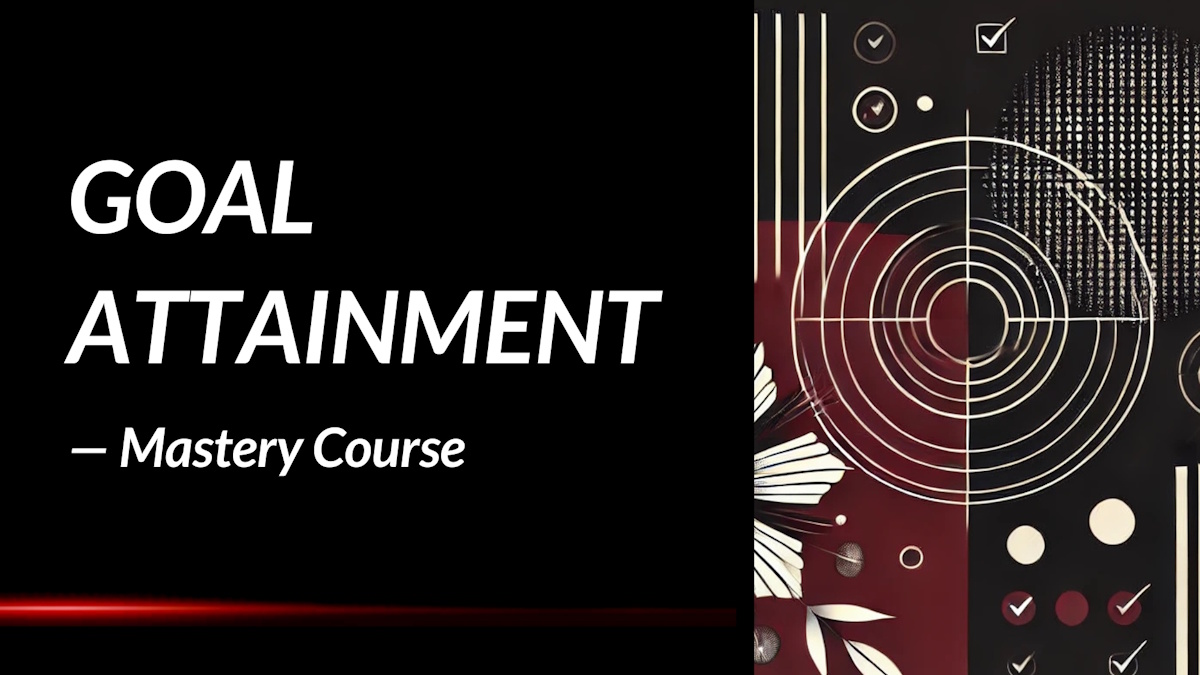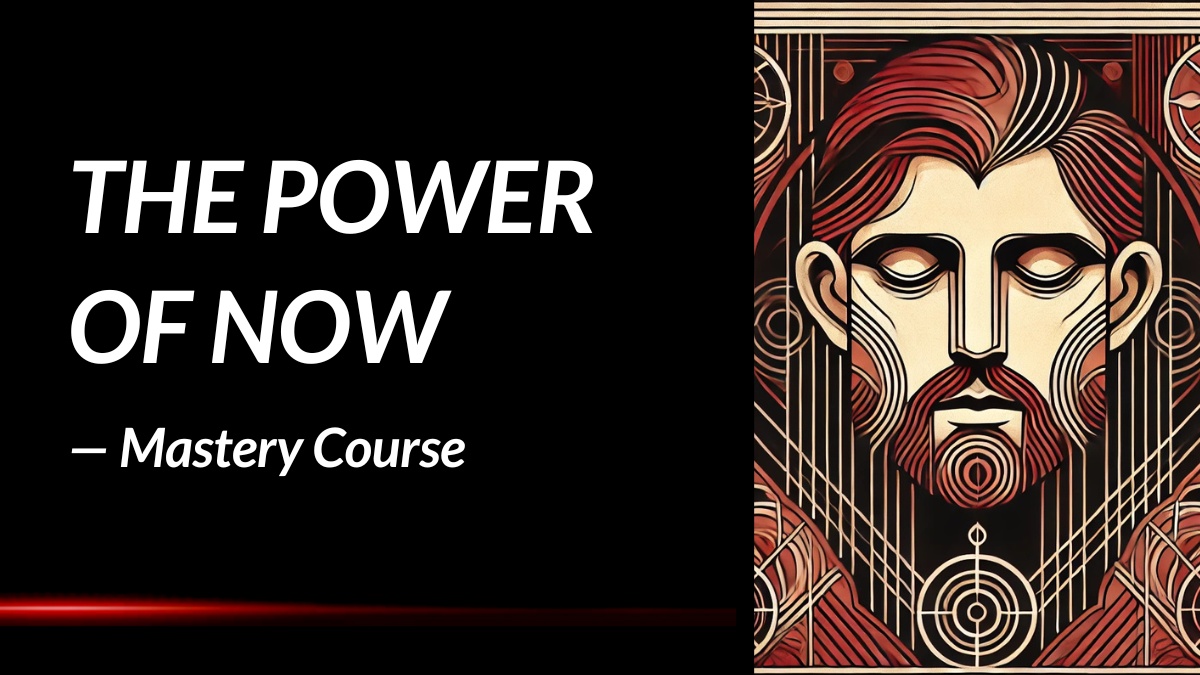Chart Spark: Summary Review
Have you ever considered that creativity could be the missing link in transforming your data presentations from mundane to mesmerizing? In Chart Spark, Alli Torban offers a compelling guide to infusing creativity into data communication, making it accessible and engaging for all.
What is the Book About?
Chart Spark is a practical guide designed to help data professionals enhance their creativity in data communication. Recognizing that many in the field may not view themselves as inherently creative, Torban provides actionable prompts and exercises to unlock innovative potential. The book is structured into three sections—CARE, COAX, and COMMUNICATE—each focusing on different aspects of the creative process. Through these sections, readers learn to expand mental boundaries, overcome project paralysis, and effectively convey data stories using visual metaphors and balanced presentations.
Unlike typical inspiration books filled with glossy infographics, Chart Spark emphasizes hands-on learning. Each chapter concludes with prompts that encourage readers to apply concepts immediately, fostering a habit of creative thinking in daily data tasks. Additionally, the book includes a complimentary digital Spark Journal, enabling readers to document their creative journey and implement the strategies discussed.
Book Details
Print length: 155 pages
Language: English
Publication date: December 5, 2023
Genre: Non-fiction, Data Communication
Book Author
Core Theme
At its core, Chart Spark emphasizes that creativity is not an innate talent reserved for a select few but a skill that can be cultivated and applied, especially in data communication. Torban challenges the notion that data professionals are merely number crunchers, advocating instead for a mindset shift towards viewing themselves as creative communicators. By integrating creativity into data visualization, professionals can present information more effectively and memorably.
The book underscores the importance of structured creativity through its CARE, COAX, and COMMUNICATE framework. This approach guides readers from caring about their creative growth, coaxing out innovative ideas, to effectively communicating data stories. Each section builds upon the previous, providing a comprehensive roadmap for embedding creativity into data practices.
Main Lessons
A few impactful summary lessons from Chart Spark:
1. Embrace Creativity as a Learnable Skill
Creativity is often viewed as an innate gift bestowed upon a select few, but in Chart Spark, Alli Torban challenges this notion by presenting creativity as a skill that anyone can develop. Instead of glorifying grand, world-changing creative feats, Torban emphasizes cultivating consistent, everyday creativity. Through simple, accessible exercises and practical advice, she dismantles the myth that creative brilliance must be monumental, encouraging readers to start small and build their creative muscles progressively. The lesson here is clear: creativity isn’t an elusive talent; it’s a practice, and anyone willing to nurture it can unlock their potential.
2. Build a Routine That Supports Creative Growth
One of the most refreshing insights from Chart Spark is the idea that creativity flourishes best within structured habits. Torban advocates for setting aside regular, manageable intervals dedicated solely to creative thinking and exploration. Whether it’s dedicating thirty minutes a day to reading or breaking down tasks into smaller, less daunting steps, the focus is on consistency rather than sporadic bursts of inspiration. This approach reframes creativity not as a chaotic or spontaneous act but as a disciplined, sustainable practice, making it more approachable and less intimidating.
3. Accept Creative Seasons and Cycles
In Chart Spark, Torban introduces the concept of creative seasons—productive summers and slower winters—that reflect the natural ebb and flow of our creative output. She cautions against the unrealistic expectation of maintaining peak creativity year-round and instead encourages embracing periods of rest and reflection as essential components of the creative process. Acknowledging these cycles allows individuals to be kinder to themselves during low points, fostering a healthier relationship with their creative practice rather than succumbing to guilt or frustration.
4. Small Tasks Can Spark Big Ideas
When faced with creative blocks, Torban suggests shifting focus from grand projects to smaller, achievable tasks that reignite the creative spark. By breaking down ambitious goals into bite-sized actions, such as sketching out rough ideas or experimenting with quick visualizations, the pressure to create something perfect diminishes. This incremental approach not only helps combat inertia but also cultivates a sense of accomplishment that propels further creative efforts. In essence, starting small doesn’t mean thinking small—it’s a strategy to build momentum when inspiration feels out of reach.
5. Use Personal Stories to Deepen Creativity
Personal narratives play a pivotal role in Torban’s creative methodology. In Chart Spark, she shares her own journey from a government data worker to a freelance information designer, highlighting how personal experiences and challenges shaped her creative path. By inviting readers to reflect on their own stories, she demonstrates that creative breakthroughs often emerge from personal struggles and growth. This lesson encourages individuals to view their experiences as fertile ground for creativity rather than mere background noise, fostering a deeper, more personal connection to their work.
6. Balance Creativity with Practicality in Data Visualization
Torban’s approach to data visualization balances innovation with practicality, particularly through her “4Q” prompt, which helps designers gauge when to be experimental and when to stick to tried-and-true methods. This nuanced perspective acknowledges that while creativity is crucial, it must align with audience expectations, attention spans, and the context of the data being presented. By blending creativity with strategic thinking, designers can create visualizations that are both engaging and effective, rather than sacrificing clarity for artistic flair.
7. Don’t Let Creative Output Define Self-Worth
Perhaps the most profound lesson in Chart Spark is the reminder that one’s creative output should not dictate self-worth. Torban candidly addresses the mental toll of constantly equating professional achievements with personal value, emphasizing the importance of separating creative endeavors from self-esteem. By fostering a mindset where creative successes and failures coexist without impacting one’s sense of identity, individuals can pursue their creative passions more freely, without the burden of unrealistic expectations.
8. Develop Creative Care Practices for Long-Term Sustainability
Torban’s concept of creative care emphasizes the importance of self-compassion and mindfulness in sustaining creativity over the long haul. Just as physical well-being requires maintenance, creative well-being benefits from deliberate practices like resting, reflecting, and allowing ideas to incubate without force. This holistic approach ensures that creative energy remains replenished rather than depleted, reducing burnout and fostering a more sustainable relationship with one’s work.
9. Communicate Creative Ideas Effectively
Effective communication is vital for creative professionals, and Torban dedicates a section of her book to mastering this skill. Whether working with clients or presenting data visualizations, she stresses the importance of clear, intentional messaging. By considering the audience’s familiarity with the material, urgency, and willingness to explore unconventional ideas, creators can tailor their presentations to maximize impact. Torban’s insights encourage not just creativity in content but also in how it is delivered, ensuring that innovative ideas are both understood and appreciated.
10. Creativity Is a Journey, Not a Destination
Finally, Torban underscores that creativity is an ongoing journey rather than a final accomplishment. By continuously experimenting, reflecting, and refining one’s approach, creative professionals can evolve rather than stagnate. This mindset fosters resilience, enabling individuals to adapt when their methods no longer yield the desired results. Instead of chasing fleeting moments of brilliance, the focus shifts to maintaining a lifelong creative practice that evolves with time and experience.
Key Takeaways
Key summary takeaways from the book:
- Creativity in data communication is a skill that can be developed through intentional practice.
- Structured prompts and exercises can help overcome creative blocks and inspire innovative data presentations.
- Viewing oneself as a creative individual enhances the ability to convey data stories effectively.
- Integrating creativity into data visualization leads to more engaging and impactful communication.
- Consistent application of creative techniques transforms routine data tasks into opportunities for innovation.
Book Strengths
Chart Spark excels in demystifying the creative process for data professionals. Its structured approach, combined with actionable prompts, makes creativity accessible and practical. Readers appreciate the book's ability to transform abstract concepts into tangible exercises, fostering a habit of innovative thinking in data communication.
Who This Book Is For
This book is ideal for data professionals, analysts, and anyone involved in data visualization who seeks to enhance their creative capabilities. It's particularly beneficial for those who may not traditionally view themselves as creative but wish to present data in more engaging and impactful ways.
Why Should You Read This Book?
If you're looking to break free from conventional data presentation methods and infuse creativity into your work, Chart Spark offers the tools and insights to do so. By following Torban's guidance, you'll not only improve your data communication skills but also gain confidence in your creative abilities, leading to more compelling and effective presentations.
Concluding Thoughts
Chart Spark serves as a transformative guide for data professionals aiming to elevate their communication through creativity. Alli Torban's structured approach and practical exercises make the journey towards creative data visualization both accessible and enjoyable. By embracing the strategies outlined in the book, readers can expect to see a significant enhancement in how they present and interpret data.
In a field where clarity and engagement are paramount, integrating creativity into data communication is no longer optional but essential. Chart Spark provides the roadmap to achieving this integration, empowering professionals to stand out and innovate in their presentations.
→ Get the book on Amazon or discover more via the author's website or social channels.
* The publisher and editor of this summary review made every effort to maintain information accuracy, including any published quotes, lessons, takeaways, or summary notes.
Chief Editor
 Tal Gur is an author, founder, and impact-driven entrepreneur at heart. After trading his daily grind for a life of his own daring design, he spent a decade pursuing 100 major life goals around the globe. His journey and most recent book, The Art of Fully Living, has led him to found Elevate Society.
Tal Gur is an author, founder, and impact-driven entrepreneur at heart. After trading his daily grind for a life of his own daring design, he spent a decade pursuing 100 major life goals around the globe. His journey and most recent book, The Art of Fully Living, has led him to found Elevate Society.








